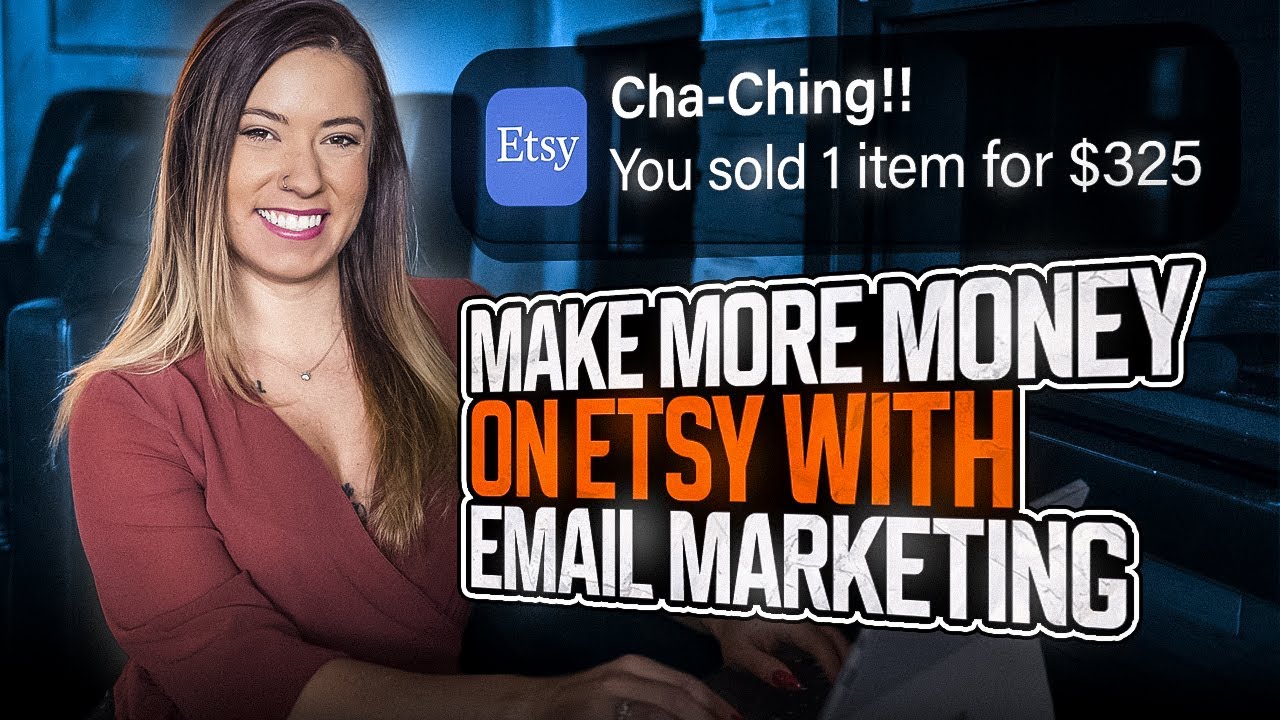I made my own Web
Summary
TLDRDieses Video präsentiert Bussin Web X, eine alternative Web-Version, die stattdessen das 'buss' Protokoll nutzt. Es bietet eine eigens entwickelte Browser-Engine in Rust und GTK, unterstützt HTML, CSS und Lua. Der Browser ermöglicht es, Websites kostenlos hochzuladen. Zusätzlich wird ein benutzerdefinierter Domain Name System (DNS) und eine Suchmaschine vorgestellt. Es gibt auch eine Herausforderung mit Preisgeld für die besten Websites. Der Prozess der Entwicklung und die Herausforderungen bei der Cross-Plattform-Entwicklung werden diskutiert.
Takeaways
- 🌐 Bussin Web X ist eine alternative Webplattform, die stattdessen den 'buss' Protokoll verwendet.
- 🛠️ Die Websiten werden in HTML, CSS und Lua geschrieben, was eine Abweichung von den traditionellen Standards darstellt.
- 💻 Es gibt einen von Grund auf neu entwickelten Browser, der auf Rust und GTK basiert, ohne Chromium zu verwenden.
- 🌐 Das Domain Name System (DNS) ermöglicht die Existenz von Websites in diesem alternativen Web.
- 📝 HTML in Bussin Web X folgt nicht den Standard-Regeln und unterstützt z.B. keine IDs, sondern nur Klassen.
- 🖌️ CSS unterstützt keine 'display' Eigenschaft, aber z.B. 'align-items' zur Zentrierung von Elementen.
- 🔗 Hyperlinks, die mit 'buss' beginnen, werden im Bussin Web X Browser geöffnet, nicht im Standardbrowser.
- 💬 Lua wird anstelle von JavaScript verwendet, um Interaktivität zu ermöglichen, bietet aber eine andere API für Elemente.
- 🌟 Es gibt eine begrenzte Menge an Top-Level-Domains, die von der Community vorgeschlagen wurden.
- 🚀 Die Entwicklung des Browsers und der Plattform ist ein komplexer Prozess mit vielen Herausforderungen, insbesondere bei der Cross-Plattform-Unterstützung.
- 🔍 Ein Suchmaschine namens Dingle wurde entwickelt, um Websites auf der Bussin Web X-Plattform zu durchsuchen.
Q & A
Was ist Bussin Web X und wie funktioniert es?
-Bussin Web X ist eine alternative Webplattform, die anstelle von 'https' das 'buss' Protokoll verwendet. Websites werden in HTML, CSS und Lua geschrieben und es gibt einen eigens entwickelten Browser, keinen Domain Name System und eine Suchmaschine.
Warum wurde Lua anstelle von JavaScript für Bussin Web X ausgewählt?
-Lua wurde gewählt, weil es einfacher zu verwenden ist und eine beliebte Skriptsprache ist, die bereits in vielen Projekten wie Roblox und Neovim verwendet wird.
Wie unterscheidet sich der HTML-Code in Bussin Web X von dem des herkömmlichen Webs?
-In Bussin Web X folgt der HTML-Code nicht den Standards und unterstützt z.B. keine IDs. Stattdessen werden Klassen verwendet und es gibt auch einige andere Abweichungen wie das Importieren von Lua-Skripten aus separaten Dateien.
Was ist der Name des Browsers, der für Bussin Web X entwickelt wurde, und in welchen Sprachen?
-Der Browser heißt Bussin Napture und wurde in Rust und GTK entwickelt. GTK ist ein Toolkit für Desktopanwendungen, das besonders in Linux beliebt ist und auch Windows unterstützt.
Wie wird die Benutzeroberfläche in Bussin Web X gestaltet?
-Die Benutzeroberfläche wird mit CSS gestaltet, wobei Eigenschaften wie Rahmen, Abstand, Außenabstand und Textstyling angepasst werden können. Es gibt auch die Möglichkeit, Elemente zentriert anzuzeigen, indem man die 'align-items'-Eigenschaft verwendet.
Welche Herausforderungen gab es beim Erstellen des Bussin Web X?
-Eines der größten Herausforderungen war die Entwicklung des Browsers für verschiedene Betriebssysteme, insbesondere Windows, was viele technische Schwierigkeiten und Kompromisse erforderte.
Was ist der Name der Suchmaschine für Bussin Web X und wie funktioniert sie?
-Die Suchmaschine heißt Bussin Dingle und durchsucht Websites, um ihre IP-Adresse und HTML-Inhalte zu extrahieren und zu speichern, damit Benutzer Inhalte suchen können.
Wie wurde die Community an der Entwicklung von Bussin Web X beteiligt?
-Die Community war an der Entwicklung beteiligt, indem sie neue Top-Level-Domains vorschlagen konnte und an einem Wettbewerb teilnehmen konnte, bei dem die besten Websites mit Preisgeldern belohnt wurden.
Welche Rolle spielt Rust in der Entwicklung von Bussin Web X?
-Rust wird als Programmiersprache für die Entwicklung des Browsers Bussin Napture verwendet, da es für seine Leistung und Sicherheit bekannt ist.
Warum wurde GTK für die Entwicklung des Bussin Web X-Browsers ausgewählt?
-GTK wurde ausgewählt, weil es ein populäres Toolkit für die Entwicklung von Desktopanwendungen ist, das sowohl unter Linux als auch Windows funktioniert.
Outlines

This section is available to paid users only. Please upgrade to access this part.
Upgrade NowMindmap

This section is available to paid users only. Please upgrade to access this part.
Upgrade NowKeywords

This section is available to paid users only. Please upgrade to access this part.
Upgrade NowHighlights

This section is available to paid users only. Please upgrade to access this part.
Upgrade NowTranscripts

This section is available to paid users only. Please upgrade to access this part.
Upgrade NowBrowse More Related Video

Public Key Infrastruktur (einfach erklärt)! PKI einfach erklärt! | #CEH

Web 1.0 Vs. Web 2.0 Vs. Web 3.0: What's The Difference?

JQ6500 MP3 Voice Sound Module USB

Dominate Etsy with Email Marketing Tactics - Part 1/4

Set up LiteSpeed Web Server on Plesk

How To Start A Business With No Money (Step By Step)
5.0 / 5 (0 votes)
